Bristle Worms vs Fireworms?
Bristle Worms are a type of segmented worm that is generally viewed to be beneficial to a marine aquarium. Fireworms are a particular type of Bristle Worm and generally viewed as a pest to your typical saltwater reef tank. All fireworms are Bristle Worms but not all Bristle Worms are Fireworms.
What is a Bristle Worm?
What is a Fire Worm?
How to Remove a Bristle Worm or Fireworm:
Fireworms can be physically removed from an aquarium of fish tank with baiting or with the addition of a natural predator. Many wrasses will work but we always suggest the Melanurus Wrasse, the arrow crab will also easily remove the Bearded Firework from your aquarium.
Types of Bristle Worms and Fireworm Identification:
Fireworms are free-living bristle worms (polychaete) that have developed the sensory hairs on each segment into bundles of tiny, white, sharp, detachable bristles for defense. Also extending from the segments are clusters of reddish, irregular branching gill filaments, which are part of their circulatory system. Located on the head is a fleshy plate, called a caruncle; its size and shape is often a clue for species identification. These somewhat flattened worms can grow to 12 inches in length. They prefer the cover of rocks during the day, but occasionally can be found crawling about the reef, where they feed on branched corals and gorgonians. When disturbed, fire worms flare their sharp detachable bristles towards the aggressor. These bristles can easily penetrate the skin and break off, causing painful irritation. Certain species of fireworm posses a mild neurotoxin within their bristles.
Bearded Fireworm (Hermodice carunculata)
Rare Hitchhiker
Size: to 12 in. Fleshy beardlike appendage on the head; short tufts of white bristles and red gill filaments line body; red, green, yellow, or brown. Juveniles brown. Inhabit multiple environments such as rock-work, sandbed, coral bases, holes, cracks, and crevices. Nocturnal. Found from inter-tidal zones down to 130 ft. Bristles cause painful wound and can remain stuck in the skin, may require tweezers to remove. The Bearded Fireworm is a type of bristle worm. It is not an ambush predator but is an opportunistic feeder. Can bite or irritate corals. Will claim a recently deceased fish, but are rarely the cause of the death. Smaller sized fireworms can coexist peacefully in an aquarium but should be watched. Removal is recommended if watching is not possible.
Red-Tipped Fireworm (Chloeia viridis)
Very Rare Hitchhiker
Size: to 9 in. Two stripes down the center of back formed by a series of white spots; light red to tan or brown with a heavy covering of white and red bristles. Similar to the bearded fireworm (Hermodice carunculata) but much less common. Inhabits multiple environments such as rock-work, sand, and rubble; can swim quite well to evade a predator. Found from inter-tidal zones down to 130 ft. It is not an ambush predator but is an opportunistic feeder. Will claim a recently deceased fish, but are rarely the cause of the death. Smaller sized fireworms can coexist peacefully in an aquarium but should be watched. Removal is recommended if watching is not possible. If threatened will flare its sharp bristles towards aggressor which can penetrate human skin, injecting a powerful neurotoxin, causing, severe pain, nausea, and dizziness. Bristles can remain stuck in the skin, may require tweezers to remove. Considered a pest in marine aquariums and saltwater fish tanks. They are fast growing and feed on branching corals and gorgonians.
Common Bristle worm (Polychaete – Linopherus)
Occasional Hitchhiker
Size: to 8 in. Considered a beneficial hitchhiker. Is not a fireworm. The common Bristle worm is a detritivore, only eats detritus. Excellent at stirring the sand-bed and keeping your tank clean. Will not go after fish or corals.
Bibbit Worm (Eunice aphroditois)
Will Never be on ARC Live Rock, Inhabits Indo-Pacific
Size: to 6 ft. Typically large muscular segmented worms living in concealed habitats such as inside reef interiors, sand burrows, or beneath rocks. Distinguished by a large retractable jaw complex consisting of two pairs of scissorlike serrated plates, one above the other; usually, 5 prominent beaded and banded antennae-like structures extend from the head. Comblike branched gills extend from each mid-body segment. Most family members in genus Eunice with more than 200 species worldwide. Length varies from 2 inches to many feet. For more information click here to go to our dedicated page on Bobbit Worms – Eunice aphroditois
Bristle Worm Scientific Classification:
Phylum: Annelida (pronounced Aah-nell-id-uh) Meaning: little rings, Origin: Latin. Most Marine worms, as well as your common variety earthworm, are all members of this phylum. Their distinguishing characteristic is the repetitive segments which divide the worm’s body.
Class: Polychaeta (Pronounced Polly-Key-tuh) Meaning: many hairs, Origin: Greek. Marine worms that inhabit reefs and may make their way to your saltwater fish tank, belong to the class Polychaeta and are commonly referred to as polychaetes or polychaete worms.
Order: Amphinomida (Pronounced Am-fin-nome-ih-da) Meaning: moving round about Origin: Latin
Family: Amphinomidae (Pronounced Am-fin-nome-ih-dee) Meaning moving round about, Origin: Latin
Genus and species: Given for each particular worm described.
Guide to Live Rock Hitchhikers
For a complete ID and video of nearly every Live Rock Hitchhiker Species see our Live Rock Hitchhikers Identification Guide


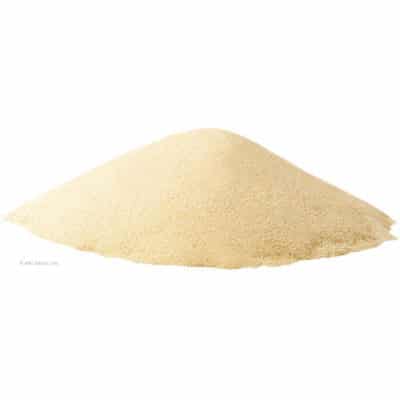
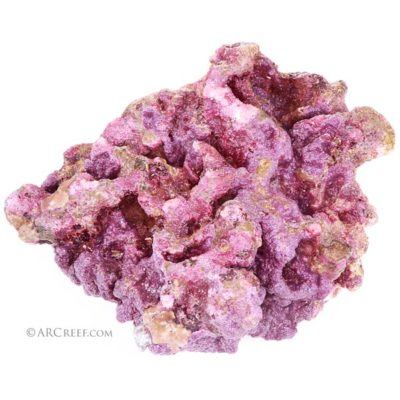


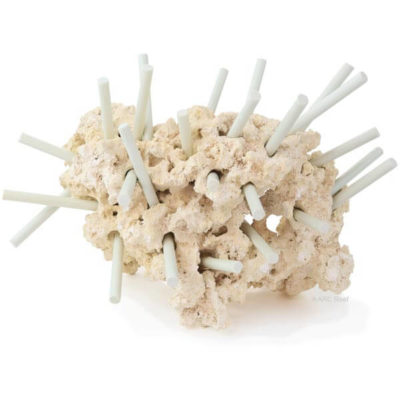
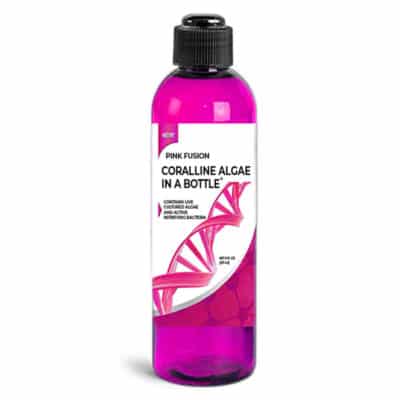
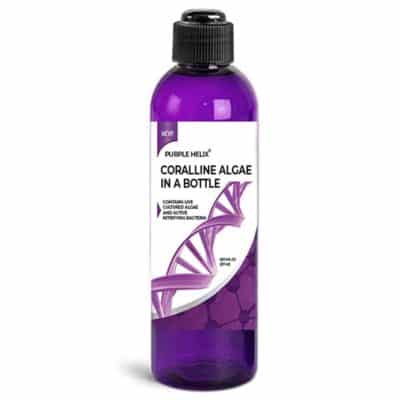
I once got stung by a bristle worm or I guess it was a fireworm, it was pretty painful. Looking to set up my first saltwater tank soon Im glad they are rare to get. They are cool to look at though.
Many thanks for yet another informative post.
Guys, need help trapping a bobbit worm in my aquarium. Any advice, other than setting the whole thing on fire or putting it apart (450 gal)? TIA